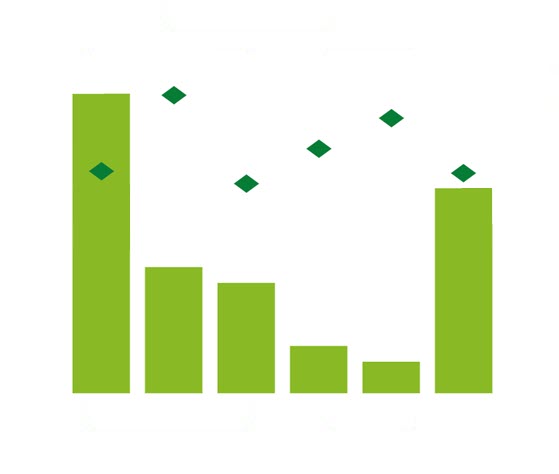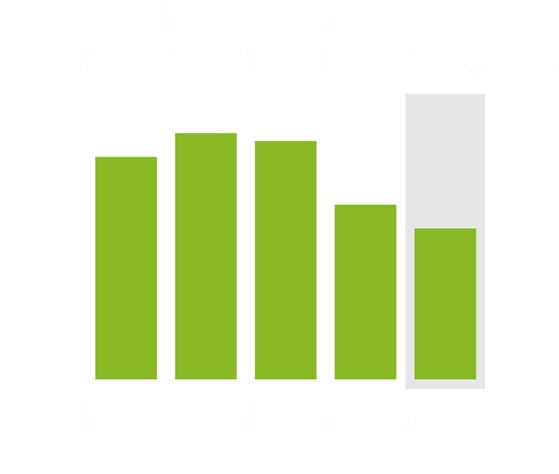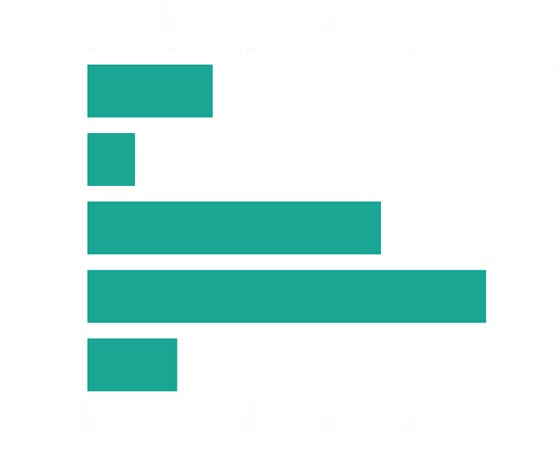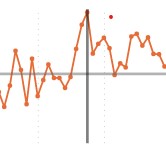Seclusion indicator data dashboards describe the frequency and duration of seclusion events that occur in acute mental health inpatient units across Aotearoa.
Why
There is a clear rationale for continuously using data to monitor the use of seclusion in inpatient mental health services. Growing evidence over the past decade supports the need to reduce the use of seclusion and other restrictive practices. Seclusion has adverse physical and psychological impacts on both the people and staff involved (Askew, Fisher, & Beazley, 2019; Cusack et al., 2018; Hawsawi et al., 2020; Mellow, Tickle, & Rennoldson,2017). Click here to read more evidence about this indicator.
Populations
Seclusion indicator data dashboards are built using criteria specific to adult populations (20–64-years), but also provides age filters for child and youth (0-19 years) and older people (65 and over), where this data is reported by services into PRIMHD. Click here to learn more about PRIMHD
All KPI Programme indicators provide demographic information by age, gender and ethnicity.
Data available through December 2023, sourced from the 26 June 2024 refresh of the PRIMHD DataMart.
Please note:
- Tairāwhiti have complete data up till the end of June 2023
- Southern has complete data up till the end of August 2023
If you have any improvement ideas or feedback please email us at mhakpi.health.nz


 Login / Register
Login / Register Search
Search Menu
Menu



